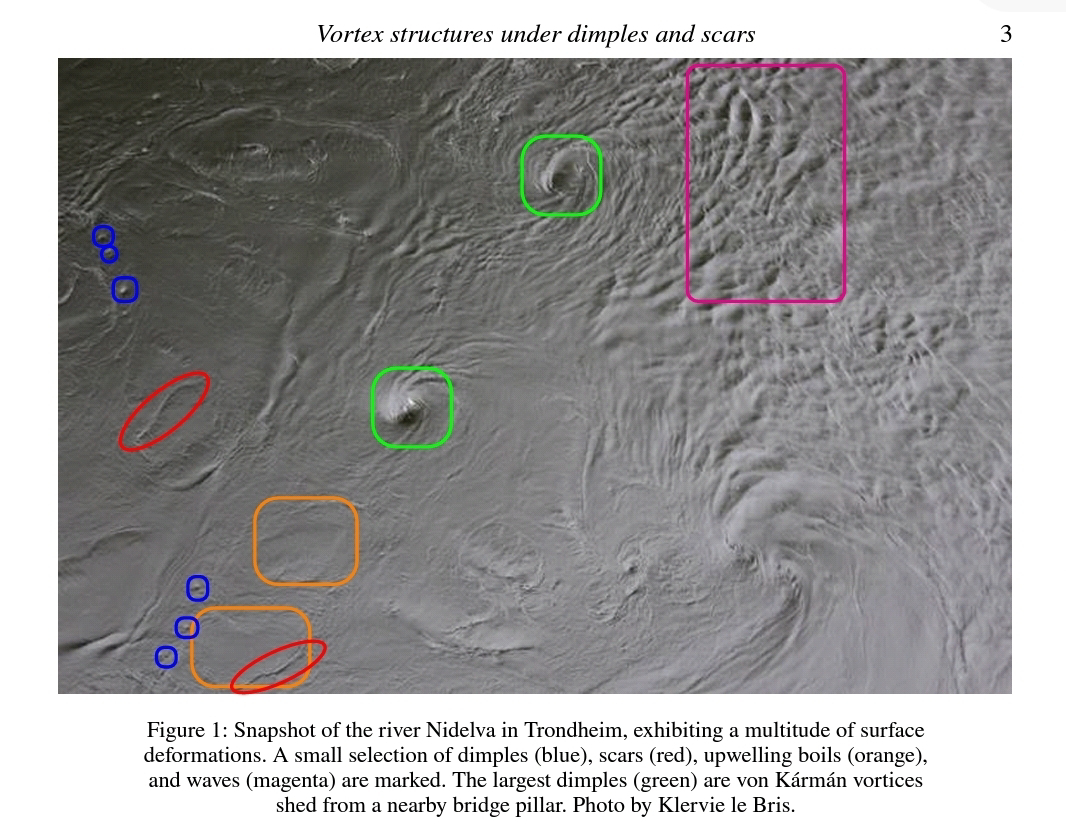AA << study the emergent dynamics of quantum self-sustained oscillators induced by the simultaneous presence of attraction and repulsion in the coupling path. >>
They << discover an interesting symmetry-breaking transition from quantum limit cycle oscillation to a quantum inhomogeneous steady state. This transition is contrary to the previously known symmetry-breaking transition from a quantum homogeneous state to an inhomogeneous steady state. >>
<< Remarkably, (they) find the generation of entanglement associated with the symmetry-breaking transition that has no analog in the classical domain. >>
Bulti Paul, Biswabibek Bandyopadhyay, Tanmoy Banerjee. Attractive-repulsive interaction in coupled quantum oscillators. Phys. Rev. E 110, 034210. Sept 19, 2024.
Also: transition, noise, in https://www.inkgmr.net/kwrds.html
Keywords: gst, transition, symmetry-breaking transition, noise, attractive-repulsive interaction, coupled qu-oscillator


